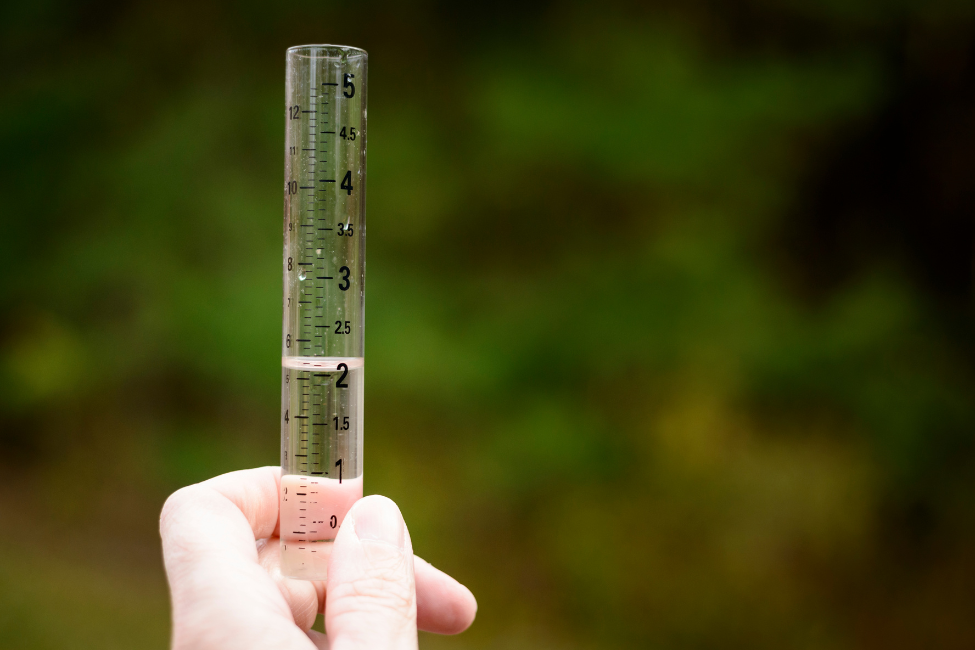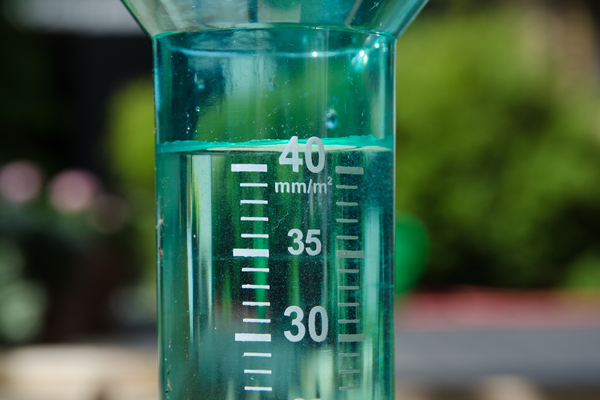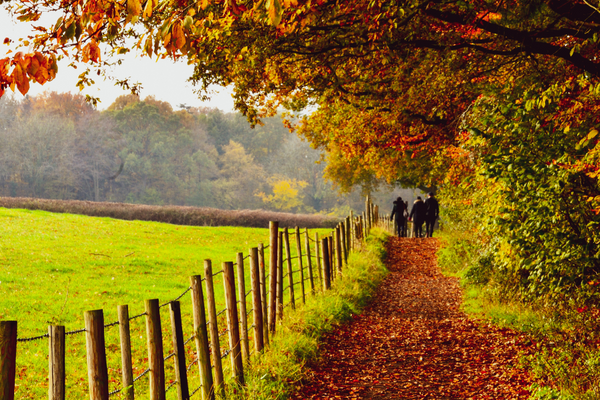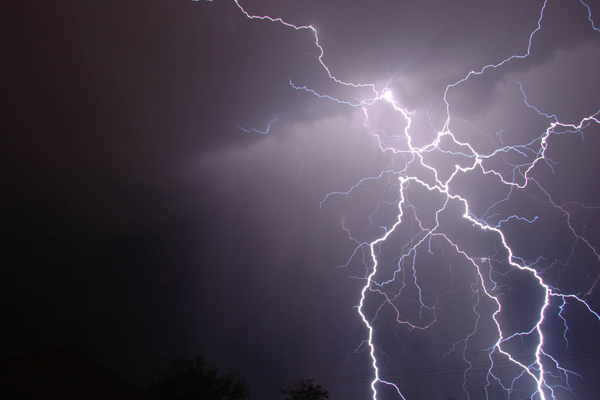How Rain Gauge Data Predicts Future Trends

3 minute read
Rainfall has a great impact on the world climate, affecting agriculture, water supplies, and ecosystems. As the climate continues to change, it is important to know what is happening to rain. A rain gauge is the simplest and most effective way of measuring rainfall. It helps in forecasting weather and studying the changes in our climate. Rainfall helps in predicting floods, drought, and other weather patterns worldwide.
Rain gauges may appear simple when compared to satellites and sophisticated weather models, but they provide very precise data. This data is crucial for studying long-term shifts in the climate, particularly in areas where other types of data are scarce. Here are a few of the ways that this data is used in climate studies:
Monitoring Droughts: Rain gauges are used to keep track of drought cycles by supplying historical records on precipitation trends. When rainfall is lower than normal for a long time, it indicates the start of drought conditions, aiding officials in planning.
Predicting Flood Risks: By measuring short-term rainfall events, rain gauges can help predict when excessive rain might lead to flooding. This data is especially important in areas where sudden heavy rainfall can overwhelm infrastructure. Urban planners can use the data to design cities that are better equipped to handle extreme weather, such as improving drainage systems to mitigate flood risks.
Tracking Seasonal Shifts: Over time, rain gauge data reveals changes in seasonal rainfall patterns. These shifts, such as earlier rainy seasons or extended dry periods, can affect agriculture and ecosystems. In agriculture, farmers may need to switch to drought-resistant crops or implement advanced irrigation systems to cope with less predictable rainfall.
Rain gauge data is specific to the local area. While this might seem too small of an area to address global climate trends, the reality it is quite the opposite. In fact, localised data helps scientists connect the dots between regional weather phenomena and broader climate patterns. Climate change doesn’t affect all areas equally. Local records allow scientists to piece together documented regional weather events into larger patterns. Climate change is unique; it affects different areas differently. Some areas experience storms that become more intense while others areas aren't wet enough and become drier. Rain gauges help show this variability, and illustrate how climate change impacts different regions.
Also in Metcheck News

Understanding Rainfall Measurements
Learn how to read your manual or digital rain gauge and understand rainfall amounts, so you can water your garden smarter and keep plants healthy.

Spotting the Signs of Early Autumn Weather
The UK shows the first signs of autumn. Cooler nights and breezier days signal the seasonal shift. Learn how to spot and track these changes.

Lightning Detector Guide for Outdoor Safety
The StrikeAlert Personal Lightning Detector spots lightning up to 40 miles away, giving clear alerts and storm direction to keep you safe outdoors.
